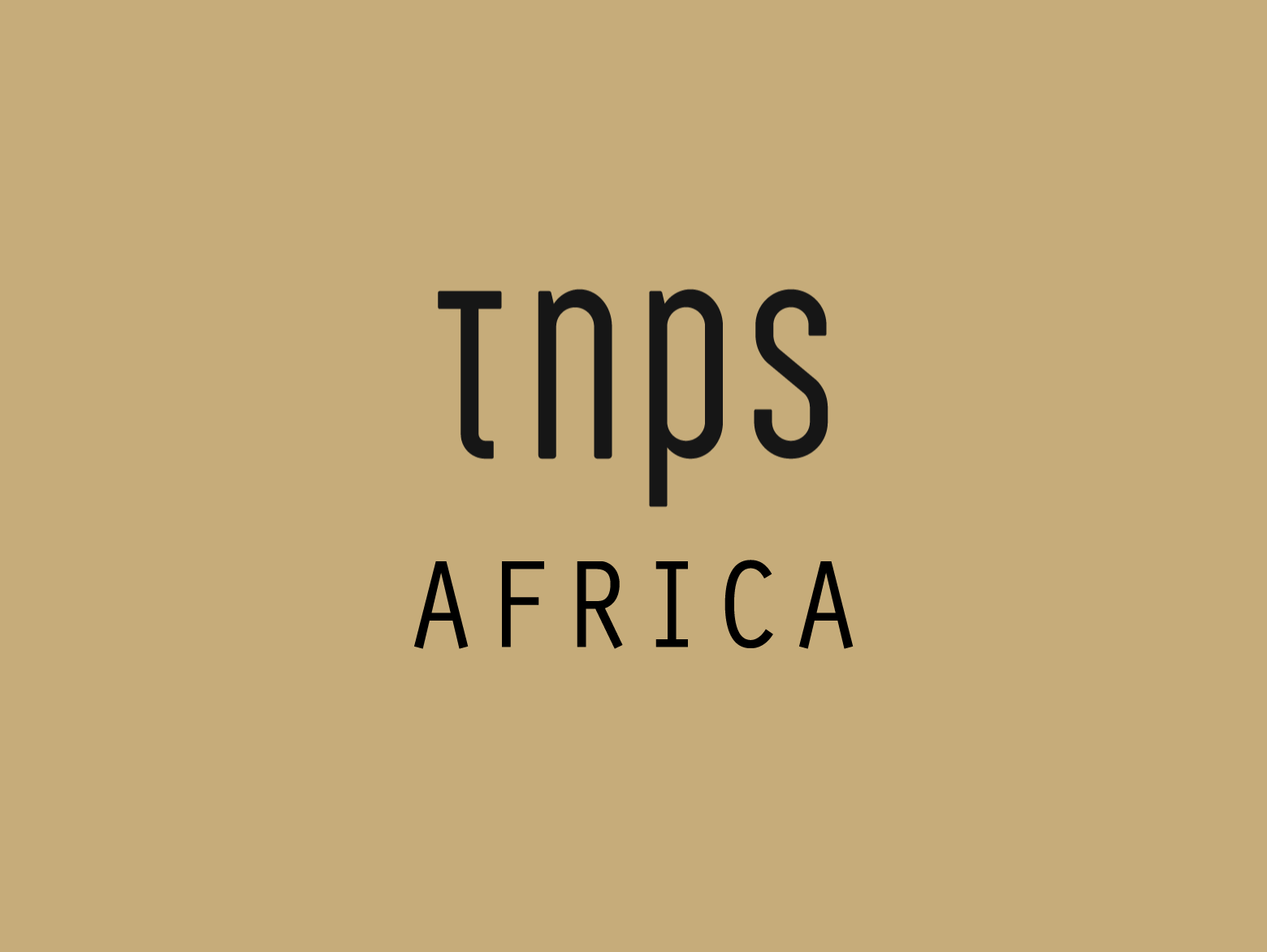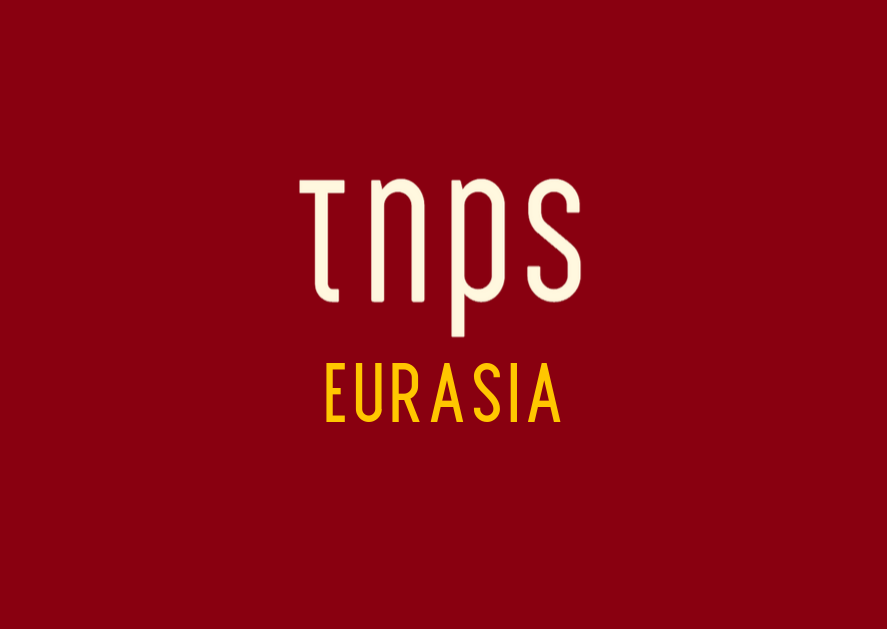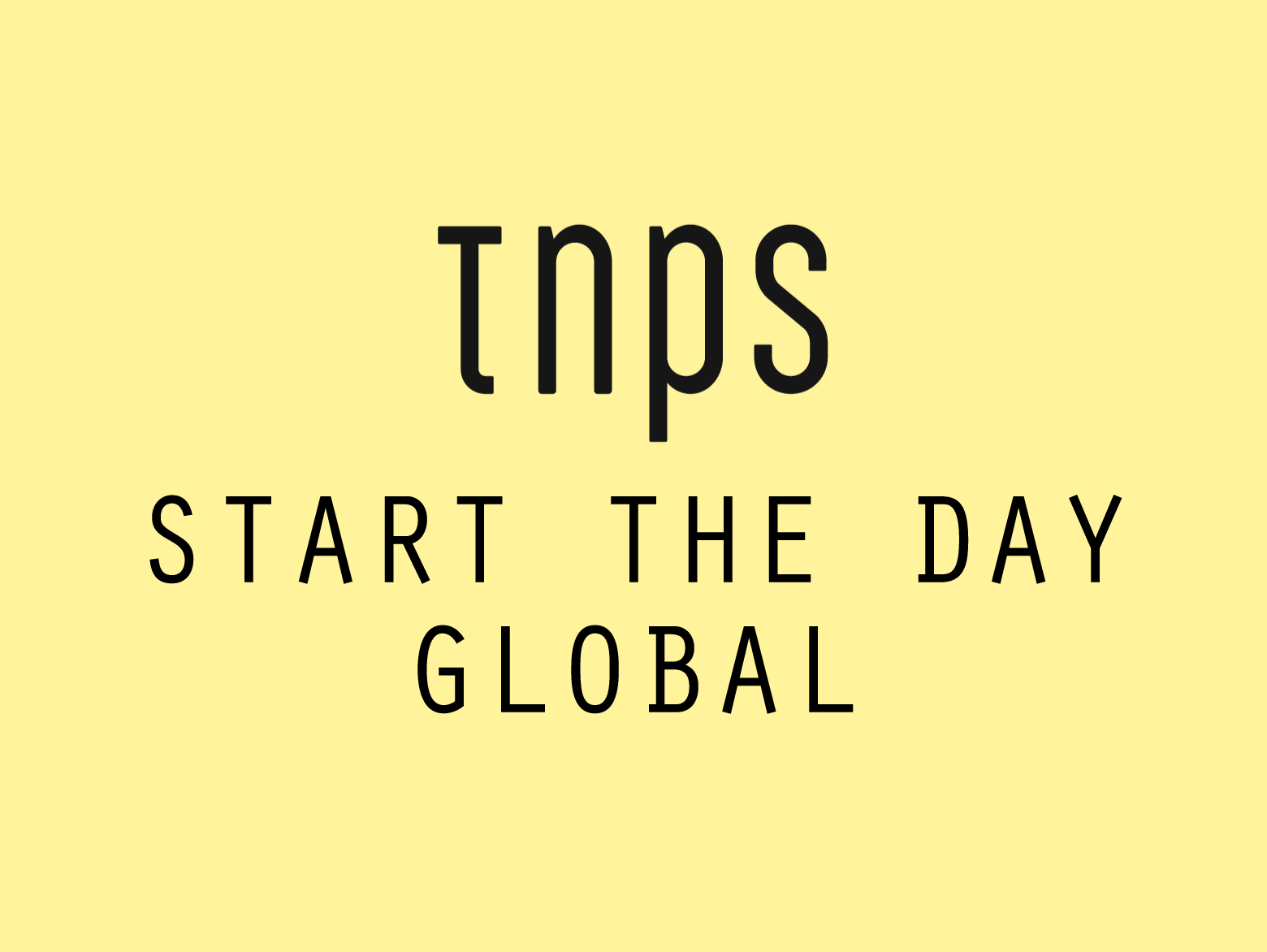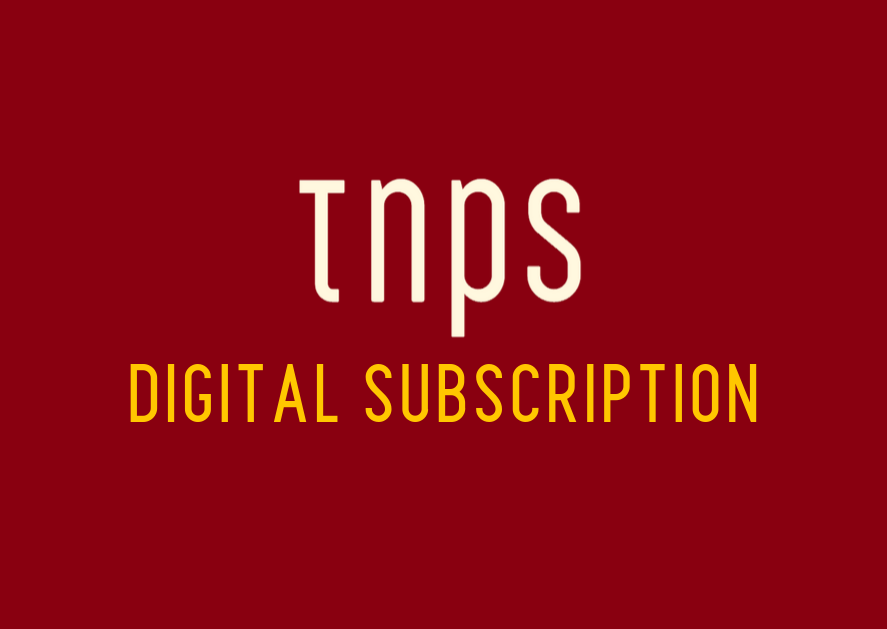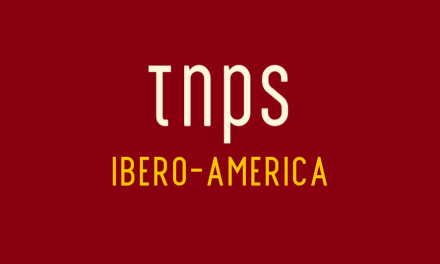
The Nairobi Book Fair is underway in Kenya this week. It comes hard on the heels of another East Africa book event, in Somalia.
The Mogadishu Book Fair is just three years old, and a brave attempt at normality in a country ridden by insurgency, piracy (real pirates, not book pirates) and famine.
The thirty-one authors that made the effort to be at the Mogadishu event were outnumbered two-to-one by the sixty guards protecting the building.
One author commented, “The image that I see on TV is not what I saw when I came here. What I see here is actually worse.”
No surprise then that when “hundreds” turned up for the three day event it was considered a major achievement.
Somalia’s President Mohamed Abdullahi Mohamed Farmaajo tweeted, “A society that reads is a society that’s ready for progress.”
But with the insurgency still far from over, Somalia has many hurdles to jump before becoming a nation where reading is easy. With the country’s infrastructure in tatters and book distribution a logistical nightmare, how can any Third World country, let alone one as crisis-ridden as Somalia, hope to develop a reading culture?
Earlier this month it was World Literacy Day. Over at Rwanda’s New Times there was somber reflection on the fact that, in a world where (UNESCO estimates) over two million books are published each day, few are read in Africa.
The article looked at extraneous factors like children not being taught in their mother tongue, so that even if books were available more widely their main reading language would be their second language.
But of course in the analogue world of print books and print distribution, denied the economies of scale of a major western nation’s consumption, printed books in one language are rare enough, let alone options in multiple local languages.
These factors have together created a chicken and egg problem across much of the world where people “don’t read” and therefore fewer books are made available to give them reason to want to.
But this catch-22 scenario, so valid ten years ago, is now within shouting distance of becoming history.
Take a look at this MBF2017 image courtesy of UNSOM (United Nations Assistance Mission in Somalia).

Yes, the ubiquitous smartphone.
In stark contrast to the rich western nations where print books are readily available and many readers prefer print even when there is a digital version of the book available, in most of the world books are a luxury of the lucky few and ebooks would be readily devoured were they only available, accessible and affordable.
So yes, we are within shouting distance. But you might have to shout very loudly.
Here’s the thing:
Amazon doesn’t have a single Kindle store in Africa. South Africans and readers in a handful of other African countries can download from the Kindle US store, but they have to pay the whispernet surcharge. For most Africans the Kindle store simply isn’t visible.
Apple, likewise, has not a single iBooks store on the continent. Nook isn’t there. And the Google Play Books ebook store is only visible in South Africa and Egypt.
Kobo is widely available but with no localised stores or partner stores outside South Africa it doesn’t get much traction.
And sadly there are very few domestic players.
In South Africa the landscape has contracted as Kalahari was bought out by Takelot and Exclusives became a Kobo partner.
In North Africa Kotobi and Yaqut cater for the Arab-language readers.
Elsewhere on the continent Okada Books is the main player in Nigeria, and for East Africa, Kenya-based eKitabu dominates the landscape. More on both of these in dedicated posts shortly.
Meanwhile back to the Nairobi Book Fair in the Kenyan capital. Day two of a five-day event that is expected to see visitor numbers surpass the 26,000 that attended last year.
More on NBF2017 as the event progresses.
The Mogadishu and Nairobi Book Fairs – Publishing Challenges In Africa
